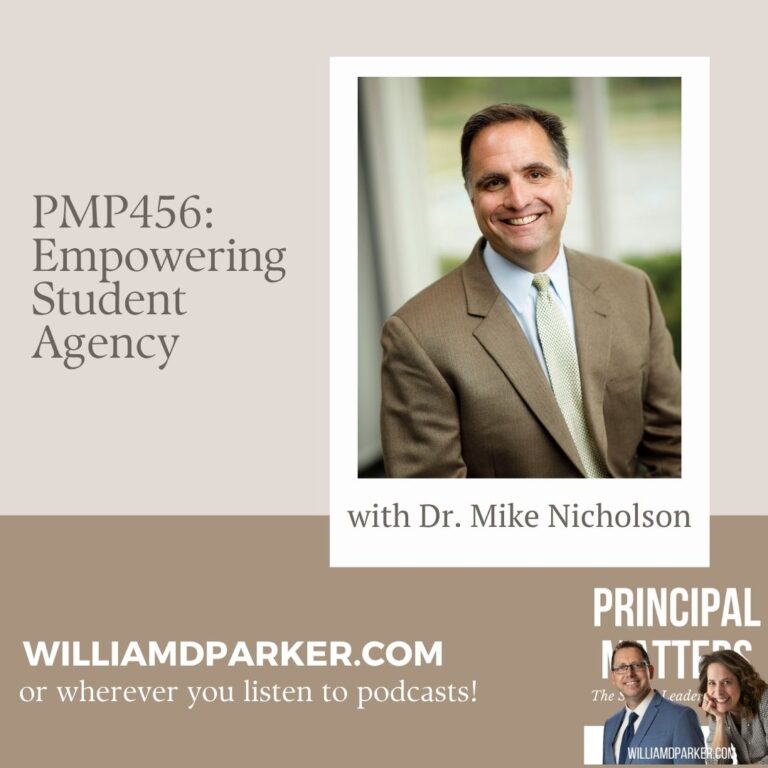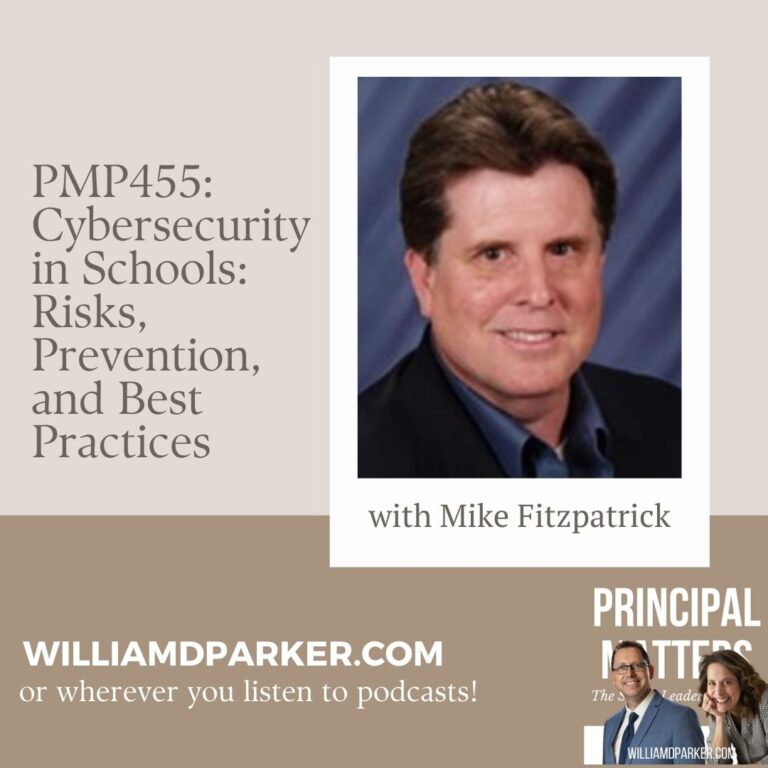Jack is a middle school student who is found in possession of something dangerous at school.

His assistant principal guides his parents and Jack through disciplinary actions based on school policy, which may include temporary or long-term removal from the school setting while still receiving educational services.
Jill is a middle school found in possession of the same dangerous item. Because she is also allergic to peanuts, she is on a federally mandated 504-Plan, which requires an entirely different set of meetings, including a manifest-determination hearing, which shows her behavior was not affected by her disability but still may result in discipline consequences very different from the ones Jack received.
Even though Jack and Jill are fictional characters, their scenarios exemplify the ways public policy often creates conflicts in school practice. And the principal is often the one caught in the middle of interpreting and implementing these competing interests.
On June 21, at the National Association of Principal’s Advocacy Conference in Washington, D.C., I heard Paul Manna, Professor at College of William & Mary, present findings from his research report, Developing Excellent School Principals to Advance Teaching and Learning: Considerations for State Policy.

With funding from the Wallace Foundation, Manna was able to do extensive research into the various responsibilities, roles, policies, and laws surrounding the work of principals across America. Check out Paul’s summary here for a quick glance at the report’s findings.
What fascinated me were the takeaways his comments generated during a Q & A period at the end of his presentation. These comments explored the tensions many principals face, the myriad policies principals must manage, and the policy-landscape they often navigate when caring for their Jacks and Jills.
Here are four points I’ve expanded on from that conversation. Please note that what follows are my general reactions to the issues raised by his research and comments, not a detailed summary of the report or Paul’s presentation:
4 Takeaways on How Policies Affect Principals
1. Which Law Will I Break?
Manna made a statement I had never heard anyone say publicly. He commented that principals are one of the few professionals who must ask, “Which laws will I need to break today to lead my school?” In other words, the web of policies that principals are required to manage can often be overwhelming and and contradictory.
His point for public discourse: before adopting new policies, policy makers should consider an audit of current state policies that already bear on the principal.
As I thought about Manna’s point, I ran through a list of current policy issues. Guidance on transgender policies, IDEA implementation involving student discipline, fund-raising of food items within Safe School guidelines, or Title I restrictions on professional development opportunities–these are just a few of the many guidelines, mandates, or policies that frequently result in variance of interpretation or practice.
2. Don’t Assume What Others Say Is Fact
Another Manna takeaway for principals was to not take people’s interpretation of the law as fact. He explained that there is a lot of mythology on how principals should enforce policy. Is it possible that you can do “X” sometimes if you really understand flexibility in the laws?
Principals should not always take someone else’s interpretation of policy and regulation at face value. They must take time to look at all sides of any issue before acting, and they must still act in what they believe is in the best interest of students while acknowledging and sometimes challenging various policies that complicate, not clarify practice.
3. Principal Roles Have Expanded, Not Transformed
Manna commented that we often hear the role of the principal has transformed over the past decade. He argues, instead, that principal jobs haven’t necessarily been transformed over the years. Instead, principals are just spending more time on every area of school. Whether it is instruction, management, discipline, or budgets, principals have been layered with more tasks within each of those areas and must have support.
If we don’t keep these increasing layers of tasks in mind, policy makers falsely assume that schools can handle any new regulation that is created without the need for additional support. Principals know this assumption is a train wreck waiting to happen between policy and practice.
4. Great Schools Still Require Great Leaders
Manna’s research supports other findings from previous Wallace Foundation research: schools that are struggling don’t change overnight as it takes 3-5 years to really see consistent change in school improvement. Also, great teachers like to stay in schools with strong principals and consistency. We benefit schools when we learn to build leadership pipelines that produce principals who choose long-term placement.
As we’re grooming new leaders for lasting influence, Manna recommends creating a pipeline for growing leaders to help create a culture of shared leadership. Shared leadership is also essential for keeping principals from burnout. With the number of principals who leave school leadership, it costs districts lots of money and time to keep revolving doors for principals.
Conclusion
Manna’s research confirms what most school leaders already know: your job is a challenging one–whether it’s managing multiple roles, maneuvering competing policy interpretations, or struggling due to lack of support. The solutions are not easy, but one answer is to continue engaging policy-makers so they hear our voices when making decisions that affect our students.
At the end of the day, when your school is filled with your own Jacks and Jills, they deserve a principal who understands these competing priorities while still finding the most equitable, commonsense solutions. Principals may be caught in the middle of policy and practice conflicts, but students are the ones who suffer if we’re not willing to navigate these tensions and find solutions while still responsibly serving them.
Now It’s Your Turn
What are some other challenges that you face from competing or contradicting policies or guidelines? Share your ideas for managing these with the rest of us. Think about how you can communicate those concerns to your policy makers so they are including your thoughts in future decisions.
Sign-Up For Free Updates and Ebook
When you enter your email address below, you will automatically receive Principal Matter posts and a free Ebook, 8 Hats: Essential Roles for School Leaders. Let’s keep learning together!
Subscribe for free weekly updates and receive free e-book!
(function($) {window.fnames = new Array(); window.ftypes = new Array();fnames[0]=’EMAIL’;ftypes[0]=’email’;fnames[1]=’FNAME’;ftypes[1]=’text’;fnames[2]=’LNAME’;ftypes[2]=’text’;}(jQuery));var $mcj = jQuery.noConflict(true);
Principal Matters Podcast
Check out audio versions of Principal Matters posts at iTunes. Rate PMP at iTunes; when you do, it makes it more visible to others!
Principal Matters–The Book!

School leaders are very busy, so each of the twenty-four chapters is designed as a quick-read and followed with take-action questions for follow-up or reflection. If you want practical ideas on understanding your purpose, managing school teams, dealing with challenges, and leading with courage, action, motivation, and teamwork, go HERE to pick up a copy for you or your team.


